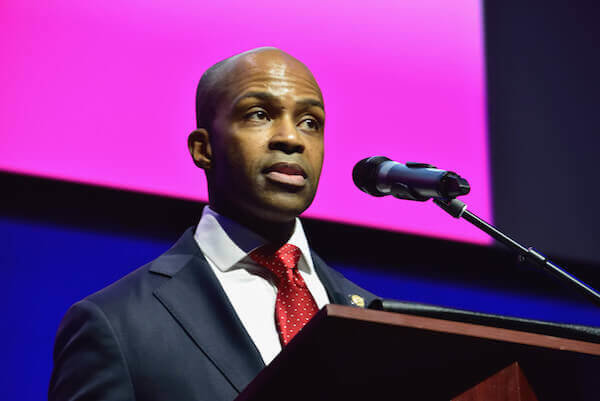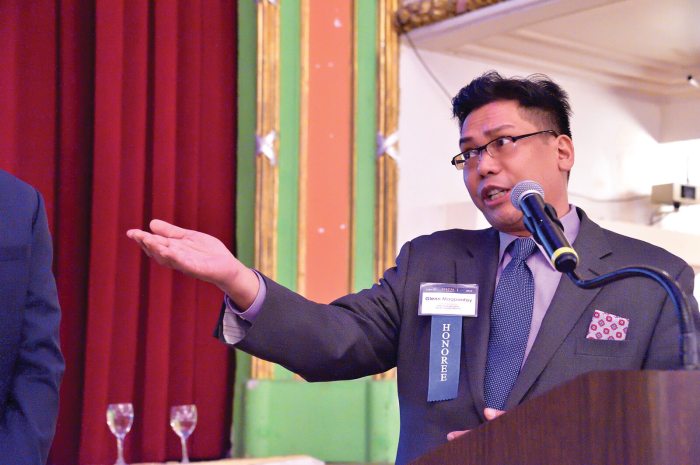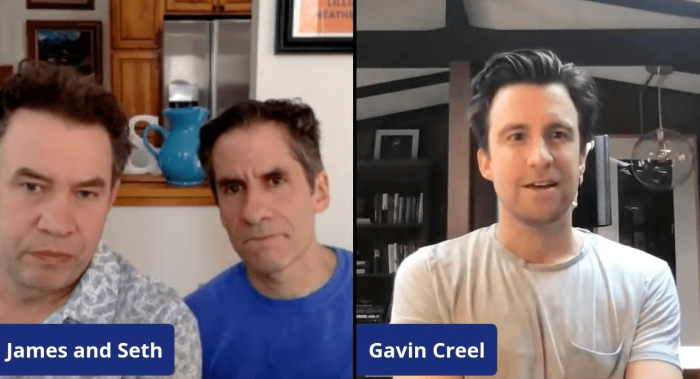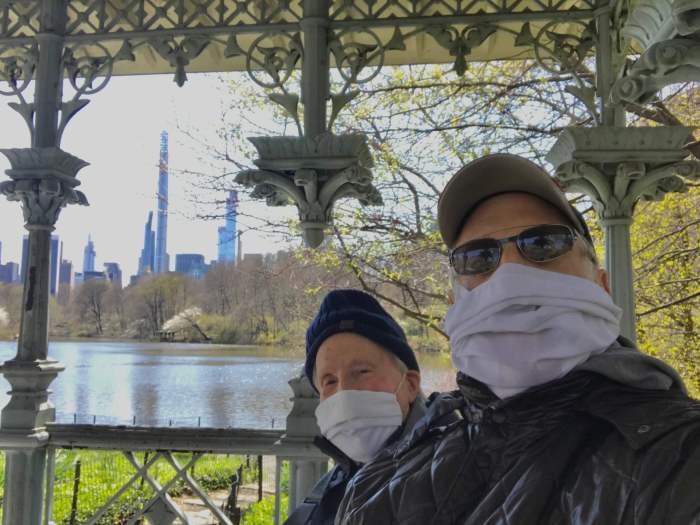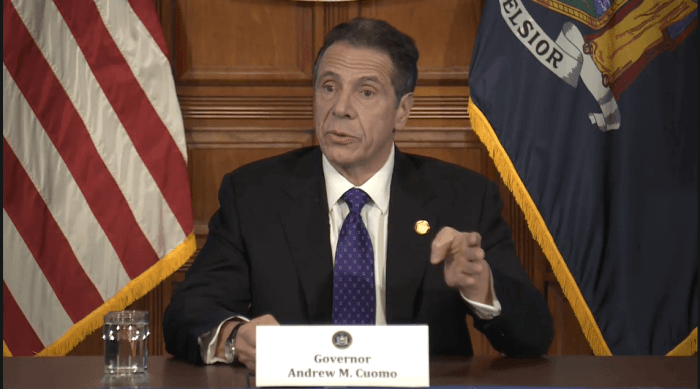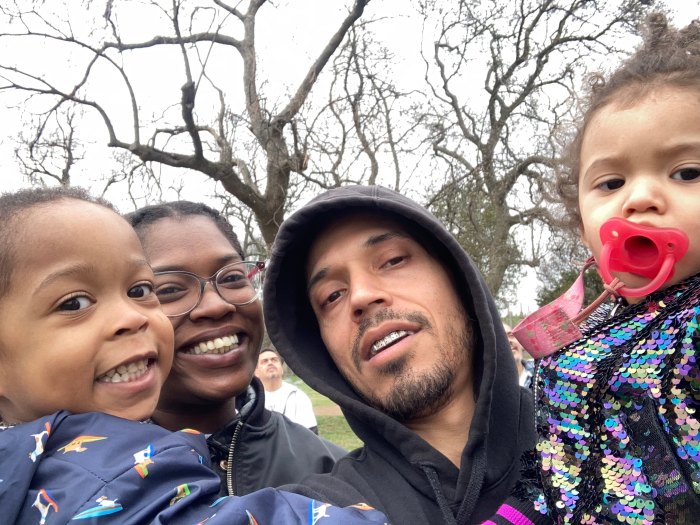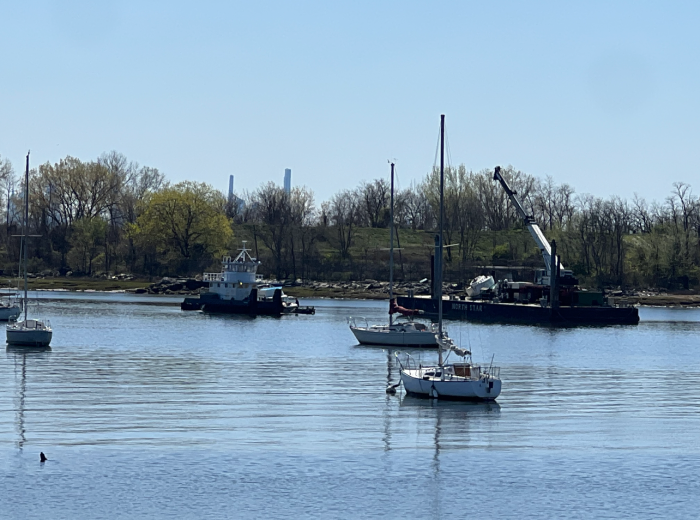While information about the number of LGBTQ people with COVID-19 remains scarce, new data from the Human Rights Campaign (HRC) and PSB Research is is revealing the economic impact of the coronavirus pandemic on queer communities of color.
Researchers using four online polls of 4,000 adults between April 16 and May 6 found that queer people of color have experienced greater rates of unemployment, reductions in hours at work, and inability to pay rent or bills than Americans generally. The data echoes recent revelations of racial health disparities among COVID-19 patients.
“This new data, showing that LGBTQ communities of color are facing the severe economic consequences of this pandemic, is unfortunately not surprising,” HRC President Alphonso David said in a written statement. “We know that multiple marginalized populations are at an increased risk of contracting the virus and suffering its effects. Vulnerable communities are facing higher death rates than the general population across the country.”
The numbers also shed light on important distinctions by race within the LGBTQ community. Notably, 38 percent of LGBTQ people of color said they saw hours reduced at work compared to 29 percent of white queer people and 24 percent of the general population. Additionally, 22 percent of queer people of color said they became unemployed, outpacing the 14 percent of white LGBTQ people who reported losing their jobs and 13 percent of those in the general population who became jobless.
Furthermore, fourteen percent of LGBTQ people of color said they have had to ask for delays in paying rent, nearly two times that of the eight percent reported by white queer individuals.
Differences were also seen among those reviewing their bank accounts to see if they overdrafted. Twenty-three percent of LGBTQ people of color reported checking compared to 13 percent of white queer people and 10 percent of the general population.
The numbers represent a step forward in the daunting task of examining the impact of the coronavirus pandemic on the LGBTQ community. Importantly, it also represents a rare intersectional breakdown of the fallout stemming from the virus: Existing statistics have primarily focused on outlining the virus’ impact by race and income, and new efforts are underway to count the LGBTQ people who have contracted COVID-19, but little has been done in connecting sexual orientation, gender identity, and race regarding the pandemic’s impact.
“We must acknowledge that these communities, particularly LGBTQ people of color, face systemic biases that are placing them at greater risk,” David added. “Understanding this data is the first step towards addressing these injustices as we build towards recovery.”
To sign up for the Gay City News email newsletter, visit gaycitynews.com/newsletter.

